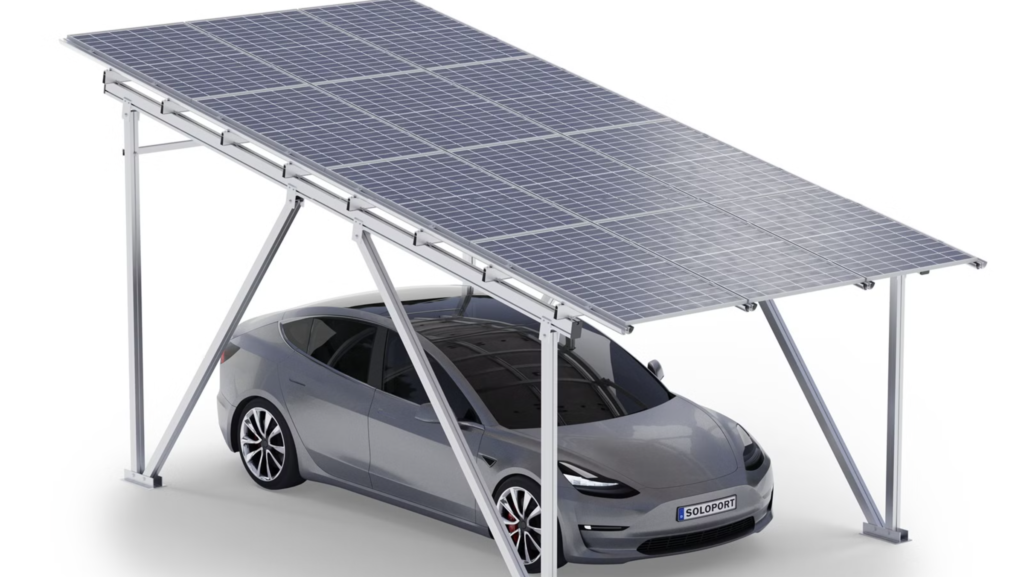The layout of solar panels in the global smart energy industry chain is a complex system involving multiple links and aspects. The following is a detailed analysis of the layout of solar panels in the global smart energy industry chain:
First, an overview of the industrial chain
The solar panel industry chain takes silicon as the main line and covers multiple links such as silicon materials, silicon wafers, solar cells, modules and power stations. Throughout the entire process from raw materials to the final product, each link is closely connected, jointly forming a complete ecosystem of the solar panel industry.
Second, the characteristics of global layout
Upstream raw material supply
China holds a dominant position: In the silicon material and silicon wafer sectors, China, with its abundant resources and advanced manufacturing technologies, has captured over 80% of the global market share. The major enterprises include Tongwei Co., Ltd. and Daqo New Energy, etc.
Global layout: Although China holds a dominant position in the upstream sector, other countries are also actively developing the silicon material and silicon wafer industries, such as Wacker in Germany and OCI in South Korea.
Midstream manufacturing link
Chinese enterprises dominate global production capacity and shipment volume: In the solar cell and module sectors, Chinese enterprises have dominated global production capacity and shipment volume through technological innovation and scale effects. The major enterprises include Longi Green Energy, JinkoSolar, Trina Solar, etc.
Technological innovation continues to advance: With the continuous advancement of technology, new battery technologies such as N-type batteries, TOPCon, and HJT are constantly emerging, enhancing battery conversion efficiency and production cost-effectiveness.
Downstream applications and system integration
The market distribution is more fragmented: In the development and operation of power stations, the market distribution is more fragmented. Developed countries such as Europe and the United States hold significant shares, but emerging markets like India have seen rapid demand growth.
System integration and innovative development: With the development of smart grids and microgrids, the integrated application of solar panels with energy storage, intelligent control and other technologies has become a trend, promoting system integration and innovative development.
Third, the layout strategies in the global industrial chain of smart energy
Strengthen the coordination between upstream and downstream
Establish a stable raw material supply system: Build long-term and stable cooperative relationships with upstream raw material suppliers to ensure a stable supply and quality of raw materials.
Promote technological innovation in the midstream manufacturing sector: Increase investment in research and development, drive technological innovation in the battery cell and module sectors, and enhance battery conversion efficiency and production cost-effectiveness.
Expand downstream application markets: Pay attention to changes in market demand and expand the application of solar panels in distributed energy, microgrids, energy storage and other fields.
Promote technological innovation and industrial upgrading
Pay attention to the development of emerging technologies: such as perovskite solar cells, flexible solar cells, etc. These emerging technologies are expected to change the landscape of the solar panel industry in the future.
Strengthen intellectual property protection: During the process of technological innovation, enhance intellectual property protection to ensure the core competitiveness of enterprises.
Strengthen international cooperation and exchanges
Participate in the formulation of international standards and rules: Actively participate in the formulation of international standards and rules to enhance the say and influence of Chinese enterprises on the international stage.
Strengthen cooperation with international enterprises: Cooperate with well-known international enterprises to jointly promote the development of the solar panel industry.
Pay attention to sustainable development and social responsibility
Promote green production: During the production process, pay attention to energy conservation, emission reduction and environmental protection, and promote green production.
Fulfilling social responsibilities: Actively participate in social public welfare undertakings and sustainable development projects, and fulfill the social responsibilities of the enterprise.
Fourth, Future Trends and Challenges
Future trend
The increase in industrial concentration: With the rise of capital and technological barriers, backward production capacity will be eliminated at an accelerated pace, and the advantages of leading enterprises will be further expanded.
Technological innovation is accelerating: The new generation of battery technology will continue to break through, and the intelligent level of manufacturing will keep improving.
Market pattern changes: Trade protectionism will affect industrial layout, and the importance of emerging markets will further increase.
Face challenges
International trade frictions: International trade frictions may have adverse effects on the exports of the solar panel industry.
Technological iteration risk: The rapid development of emerging technologies may bring about technological iteration risks, which require enterprises to continuously invest in research and development to maintain a competitive edge.
Intensified market competition: With the acceleration of the global energy transition, competition in the solar panel industry will become even more intense.
To sum up, the layout of solar panels in the global smart energy industry chain is a complex system involving multiple links and aspects. Enterprises need to enhance collaboration between upstream and downstream, promote technological innovation and industrial upgrading, strengthen international cooperation and exchanges, and pay attention to sustainable development and social responsibility, in order to respond to future trends and challenges and achieve sustainable development.


